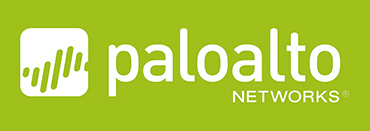Traditional AV is no longer effective at stopping today’s cyberattacks.
In fact, to prevent security breaches in your organisation, you must protect yourself not only from known and unknown threats but also from the failures of any traditional AV solutions deployed in your environment.
It’s time to replace your traditional antivirus solution with a real breach prevention tool.
Why choose Consilium UK Ltd & Palo Alto to provide this service?
Consilium are the only managed service provider of Traps in the UK. Palo Alto is a leading enterprise provider of security solutions and a recognised Gartner Leader for the last five years consecutively. They are at the absolute cutting edge of endpoint protection.
Simply put we don’t believe that organisations can afford not to act. Below is just a small sample of some of the high profile infections that have made the news. In most instances the organisations had AV.
Malware is usually delivered through an executable on a PC. It may look benign but will actually contain malicious code capable of causing huge issues within and out with your IT environment.
Exploits take advantage of bugs and flaws in normal day to day applications that provide a method for the attacker to launch malicious code on an endpoint; often under the radar of traditional anti virus applications.
Traditional AV checks against a list of known threats through real time scanning when you run an application.
Traps works the other way round. It checks your application against a whitelist and if it isn’t listed it verifies the safety of the application before it’s run.
Traditional AV’s first, and main, line of defence assumes that anything not on the threat list (AV signature) is safe. This isn’t good enough as attackers release malware and exploits in large scale attacks; before AV providers discover and protect against the threat.
Lincolnshire County Council shutdown by ransomware
Lincolnshire County Council was forced to shut down all of its computers after a ransomeware infection spread throughout its systems effecting at least 300 end user machines.










